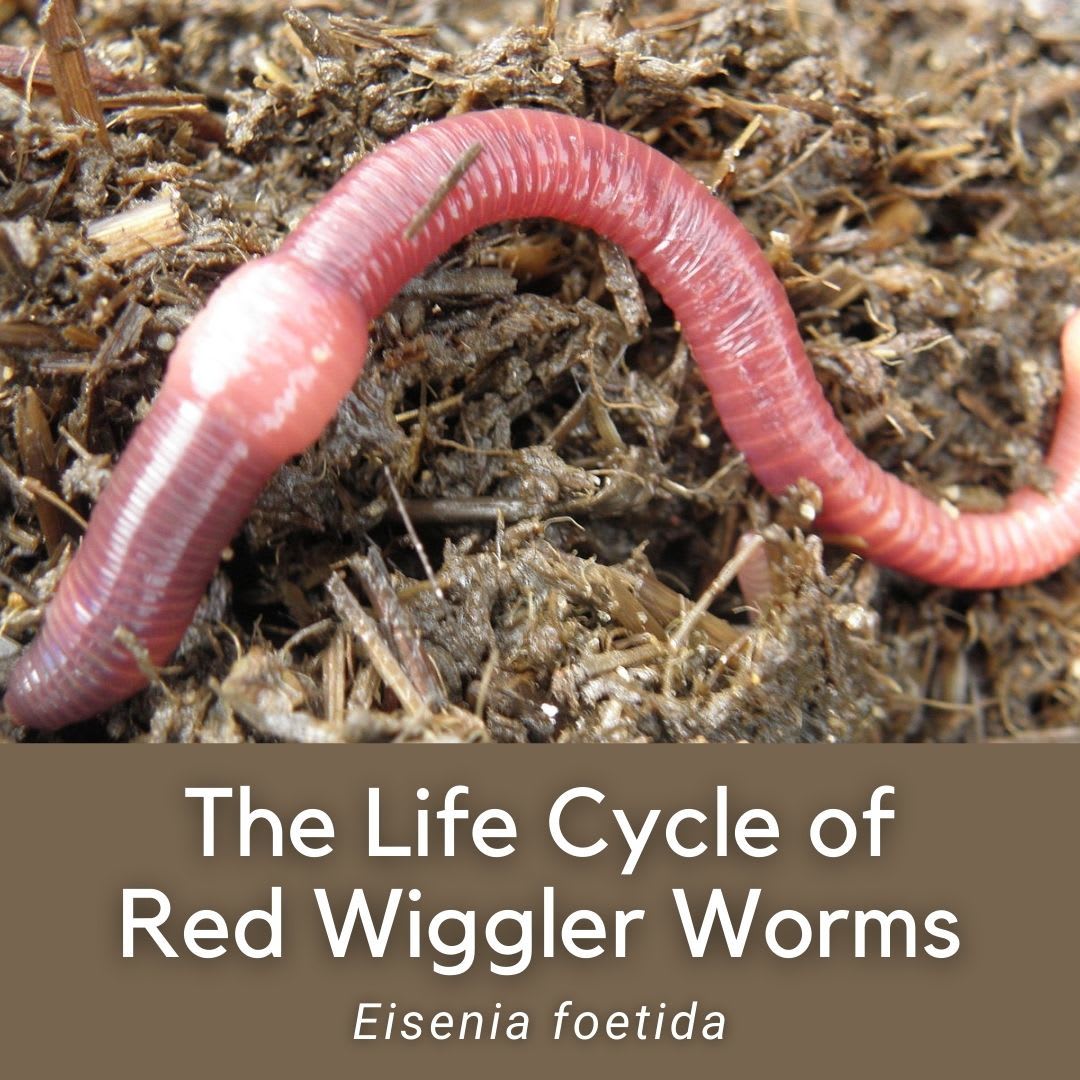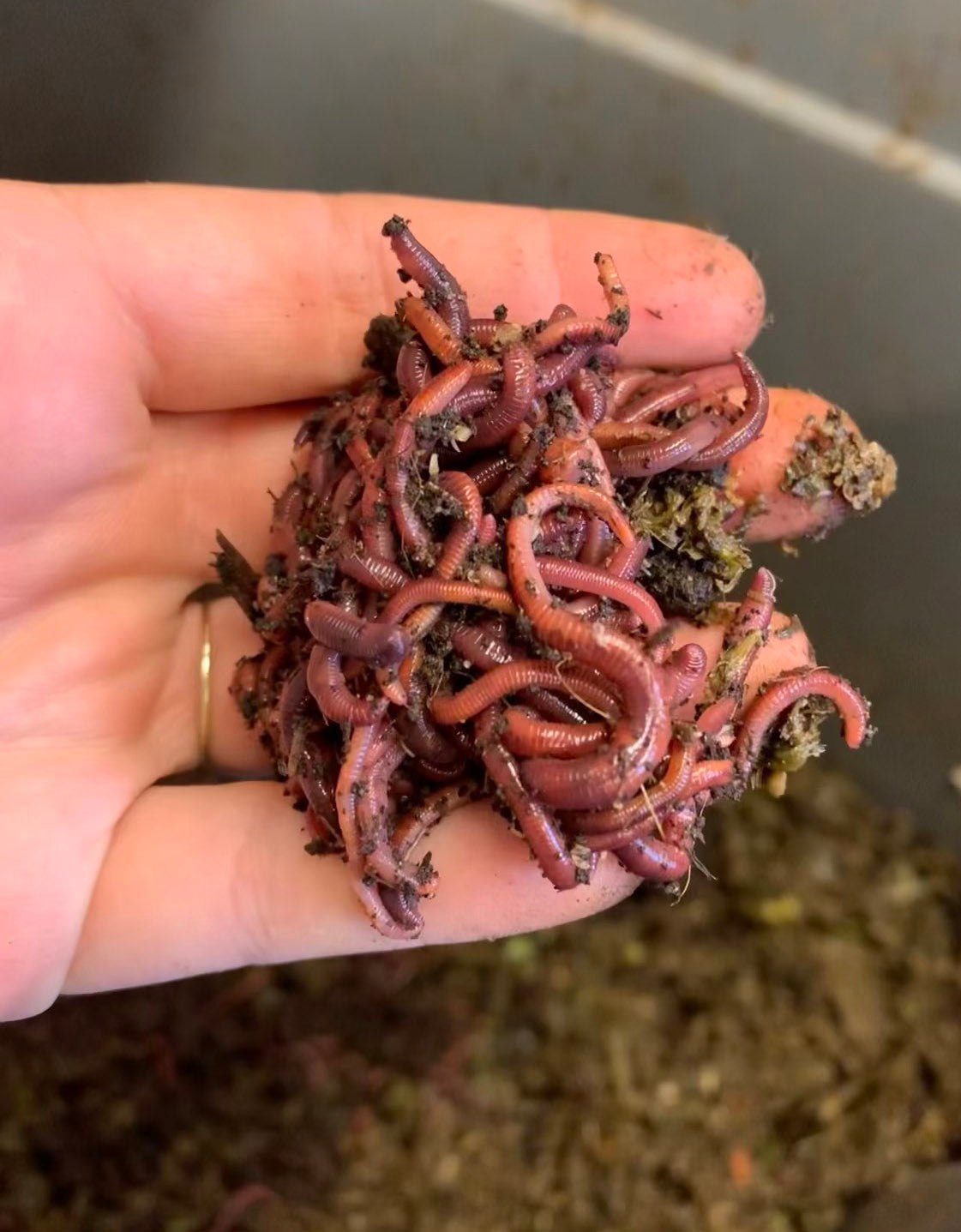Maximize Lawn Growth with Quality Products from Red Wiggler Express
Red Wigglers: The Unsung Heroes of Organic Waste Recycling
Red wigglers, or Eisenia fetida, act as important agents in the organic waste recycling process, transforming disposed of products right into useful vermicompost. Their efficient break down of natural issue not just improves soil high quality yet also adds to lasting waste administration techniques. As the globe significantly looks for solutions to combat waste accumulation and improve agricultural performance, recognizing the duty of these worms comes to be crucial. What devices permit them to thrive in compost atmospheres, and just how can they be properly made use of in both household and business setups? Exploring these inquiries discloses the more comprehensive ramifications of vermicomposting in our ecological landscape.
What Are Red Wigglers?
The exceptional strength of red wigglers, clinically called Eisenia fetida, emphasizes their crucial duty in natural waste recycling. These little, reddish-brown earthworms are typically found in disintegrating raw material, such as compost heap and manure heaps. Lake Hickory Bait. Unlike other earthworm varieties, red wigglers prosper in nutrient-rich environments and are extremely efficient at damaging down organic materials, making them necessary for vermicomposting

(Red Wiggler Express)In enhancement to their duty in waste reduction, red wigglers contribute to soil wellness by improving soil framework and oygenation via their delving tasks (Lake Hickory Bait). Their presence in composting systems not only improves decomposition rates yet additionally promotes a sustainable approach to squander administration, highlighting their importance in environmental preservation efforts
Benefits of Composting With Worms
Composting with worms, especially red wigglers, uses countless advantages that boost both waste monitoring and dirt health. First, these worms effectively break down organic waste, converting it into nutrient-rich vermicompost that enriches soil. This procedure increases disintegration, enabling a quicker recycling of kitchen area scraps and various other organic materials compared to traditional composting methods.
Additionally, the vermicompost produced by red wigglers is including advantageous bacteria, which assist improve soil framework, aeration, and moisture retention. This boosts the total wellness of plants, promoting strenuous growth and raised returns in gardens and agricultural settings. Additionally, using worms in composting minimizes the manufacturing of greenhouse gases, such as methane, adding to a much more lasting waste administration system.

Just How to Beginning Vermicomposting
Establishing a vermicomposting system is a straightforward process that can generate considerable advantages for both waste monitoring and dirt enrichment. To start, select an ideal container, such as a plastic container or wood box, with adequate ventilation holes to make sure correct airflow. The dimensions ought to ideally be around 2 feet by 3 feet, allowing adequate area for the worms to prosper.
Following, prepare bed linen product, which can be composed of shredded paper, cardboard, or coconut coir. This bed linens needs to be dampened to produce an ideal habitat for the worms. As soon as the bedding remains in place, introduce red wigglers (Eisenia fetida) into the bin, normally around one extra pound of worms for every square foot of surface area.
Complying with the placement of worms, include natural waste, such as fruit and vegetable scraps, coffee grounds, and crushed eggshells. With these actions, you will efficiently start a vermicomposting system that contributes to lasting waste monitoring and improves your dirt.
Maintaining a Healthy And Balanced Worm Bin
(Red Wiggler Express)Keeping a worm container prospering requires regular focus and treatment to ensure the wellness of the red wigglers and the effectiveness of the composting procedure. Correct maintenance starts with keeping track of the moisture levels; the bin should be moist but not soaked. A good guideline is to keep a consistency comparable to a wrung-out sponge.
Carefully blending the bed linens and food scraps every couple of weeks prevents compaction and guarantees that all worms have accessibility to oxygen. In addition, it is important to feed the worms properly.
Temperature level regulation is one more crucial facet. Red wigglers thrive in a series of 55 to 77 levels Fahrenheit. If the container ends up being also warm or cool, the worms may become stressed - Lake Hickory Bait. Periodically inspect for indications of health and wellness, such as worm populace growth and the presence of healthy castings. By vigilantly managing these elements, one can maintain a durable and efficient worm bin.
Influence On Sustainable Living
The effective upkeep of a worm bin not only benefits the health of red wigglers yet additionally adds substantially to lasting living methods. By recycling organic waste, such as cooking area scraps and yard debris, red wigglers help draw away considerable amounts of material from garbage dumps. This decrease in waste not just lowers greenhouse gas discharges however also reduces the ecological problem related to waste management.
In addition, the castings generated by red wigglers work as a nutrient-rich organic fertilizer, boosting soil wellness and advertising plant growth. This natural option to chemical fertilizers supports lasting agriculture and horticulture methods, reducing dependence on synthetic inputs that can harm ecosystems. In addition, worm composting promotes recognition of waste administration, urging individuals and More about the author communities to take on even more sustainable behaviors.

Verdict
In summary, red wigglers work as important factors to natural waste reusing through their efficient decomposition of organic materials. Their capacity to produce nutrient-rich vermicompost improves dirt wellness and sustains lasting farming techniques. By incorporating vermicomposting right into waste monitoring strategies, individuals and areas can considerably decrease waste while promoting environmental sustainability. The role of Eisenia fetida in fostering healthy environments emphasizes the relevance of these microorganisms in accomplishing sustainable living and improving soil fertility.